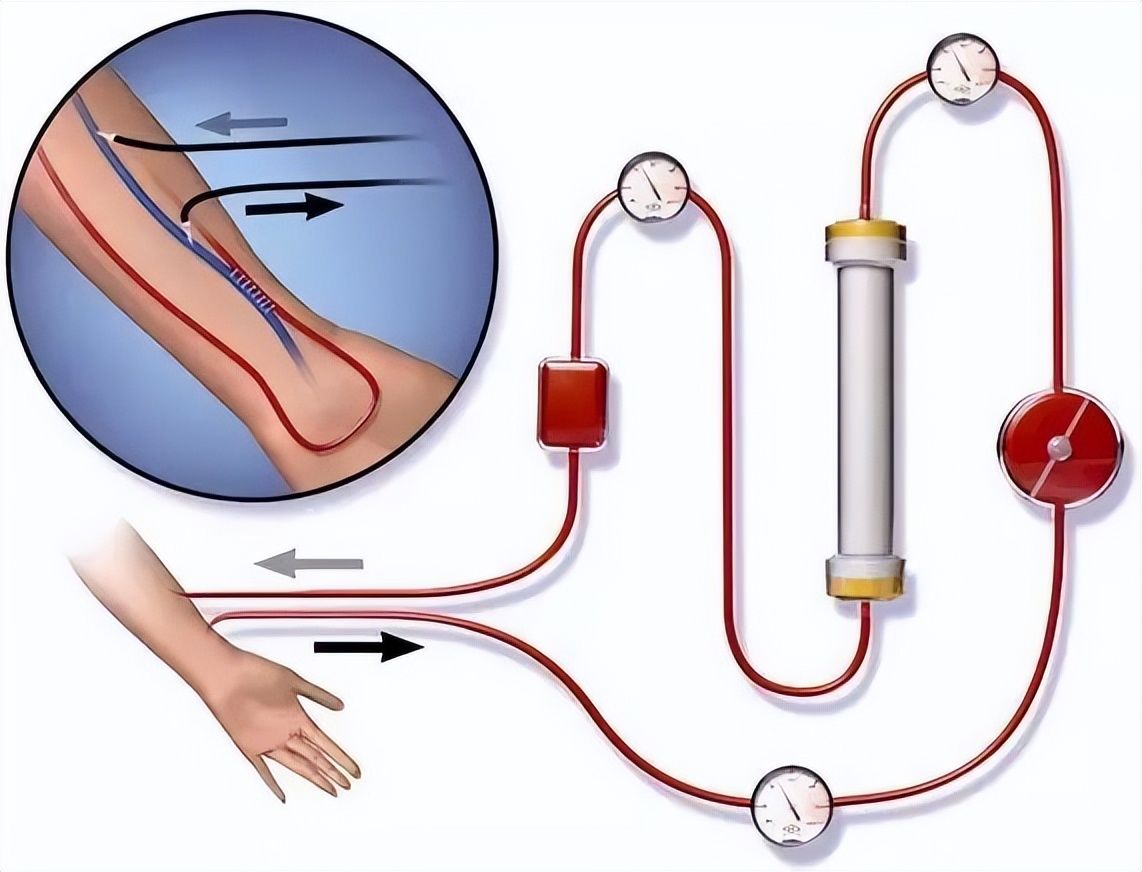Author: Jin Lixin
Hemodialysis is one of the main treatment measures for chronic renal failure at present. Maintenance hemodialysis patients need hemodialysis 2-3 times a week to maintain life. A stable and reliable vascular access is the basic guarantee for smooth hemodialysis, so vascular access is the “lifeline” of hemodialysis patients.

So how do we care for our fistulas? We hereby invite Dr. Jin Lixin from the Department of Nephrology of Beijing Aerospace General Hospital to answer your questions and share with you the relevant content.

Dr. Jin Lixin, Physician of Nephrology, Beijing Aerospace General Hospital
Perioperative Nursing
1. CKD stage 4 or earlier to protect the blood vessels of both upper extremities
Avoid arteriovenous puncture of the limbs on the surgical side as much as possible, indwelling trocars, and PICC catheters.
2. Self-examination of the surgical site
Always touch the surgical site with hands to check for vascular tremors and monitor for vascular murmurs. Observe whether there is hematoma and ecchymosis at the internal fistula, and whether there is local bleeding.
3. Precautions after operation:
- The limb should be properly elevated about 30 degrees
- to maintain its blood flow Unobstructed to avoid pressure, reduce edema
- Slight hand activities within 3 days
- 1 week later, daily activities
- 2 weeks later, repeat alternately making fists
- Exercise 3-4 times/day to promote the expansion of blood vessels
li>
4. Contraindications of the limbs on the side of the fistula:
- blood pressure measurement
- infusion
- blood draw
- sleeves too tight
- lifting heavy objects
5. Fistula maturation time
Fistula maturation takes at least 4 weeks, and it is best to wait for 8-12 weeks before puncturing to prolong the service life.
Begin post-puncture care
Dialysis Day

- Wash the skin on the side of the fistula and dry it
- Do not apply oily skin care products
- You can irradiate with a non-thermal Kamp or red light therapy device
- Increase local blood flow and improve puncture success rate

- Puncture point press 15- 30 minutes
- On the principle of not blocking blood flow and able to stop bleeding
- Pay attention to the compression strength
- Adjust the compression time according to the coagulation and internal fistula pressure
- When local hematoma occurs after puncture failure:
- Cold compress within 24 hours to reduce exudation
- Hot compress after 24 hours to promote absorption

- The accessories at the puncture point are not replaced
- Tear off the accessories after 24 hours< /li>
- Avoid getting wet
- Protect the membrane when bathing to prevent infection of the puncture site
non-dialysis days

- Apply Hirodide along the direction of the internal fistula blood vessels
- Massage locally until the drug is absorbed
- 2- daily 3 times
- No application on dialysis days

- Check for fistula anastomosis Mouth murmur 3-4 times a day
- arm lift test once a day
- If the tremor changes, seek medical attention in time
- It is up to the medical staff to determine whether it needs to be dealt with< /li>

- Pay attention when blood pressure is lower than 90/60mmHg
- Scientific control of weight gain during interdialysis
- reduce the occurrence of hypotension

- The sleeve on the fistula side should be loose
- to prevent local compression
- Avoid weight bearing on the limb on the fistula side
- Avoid pressure on the limb on the fistula side during sleep

< ol>
